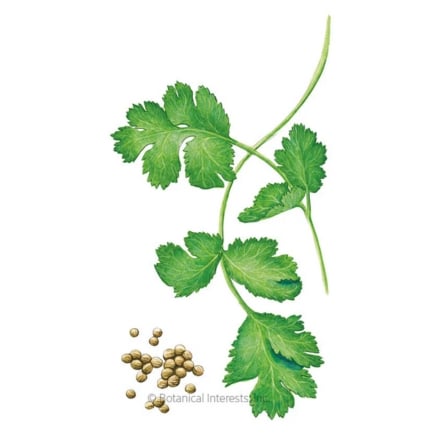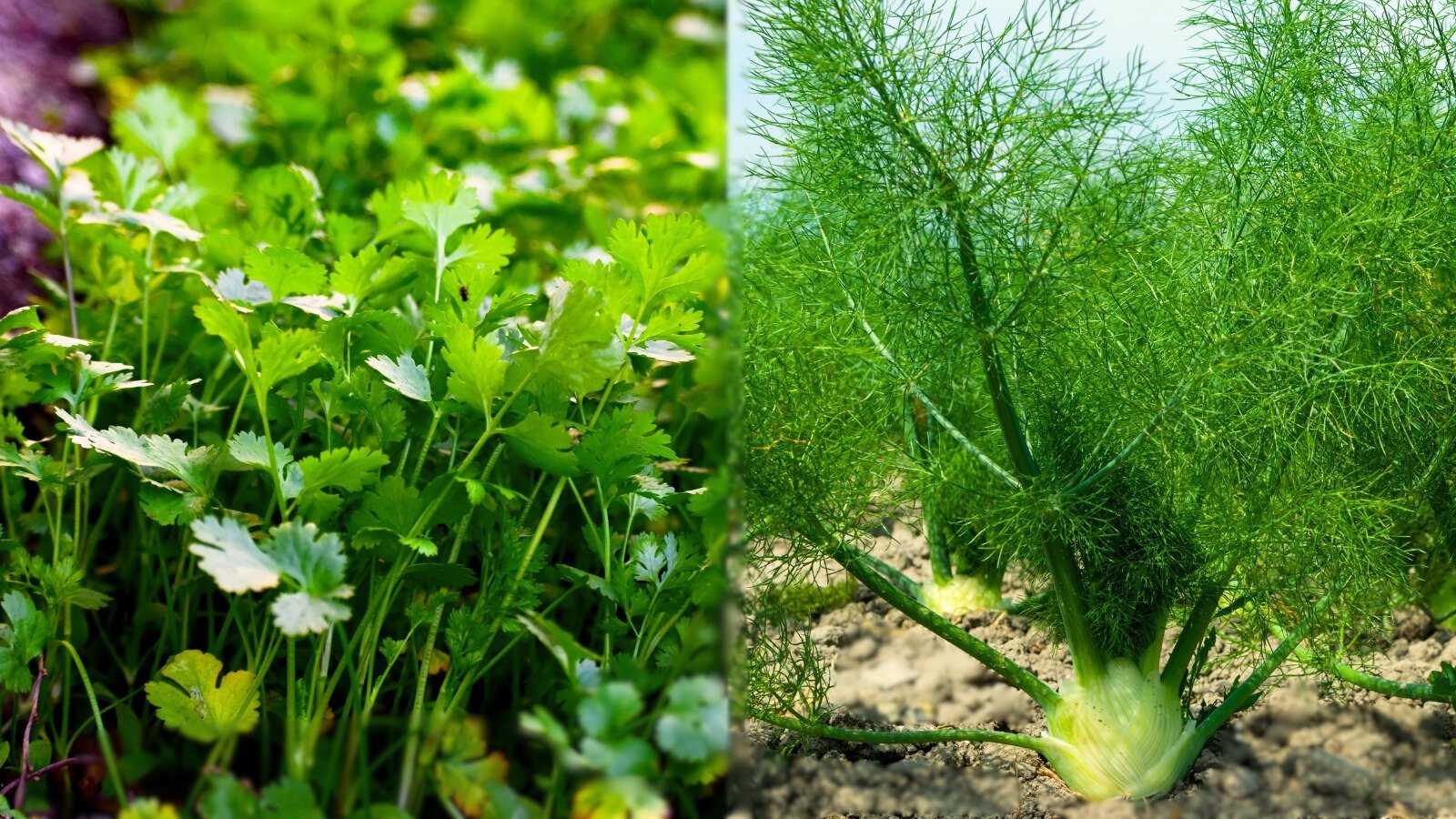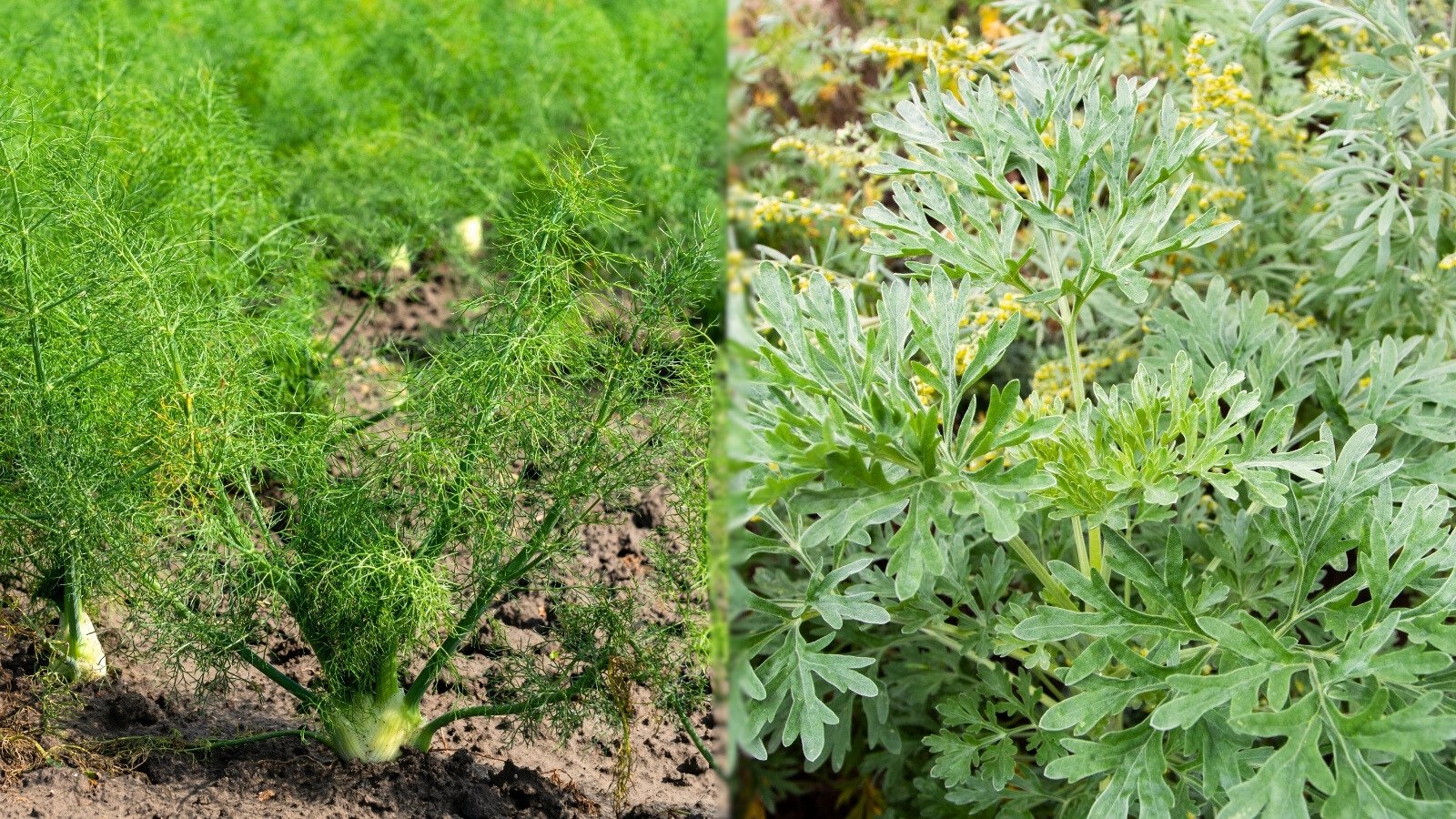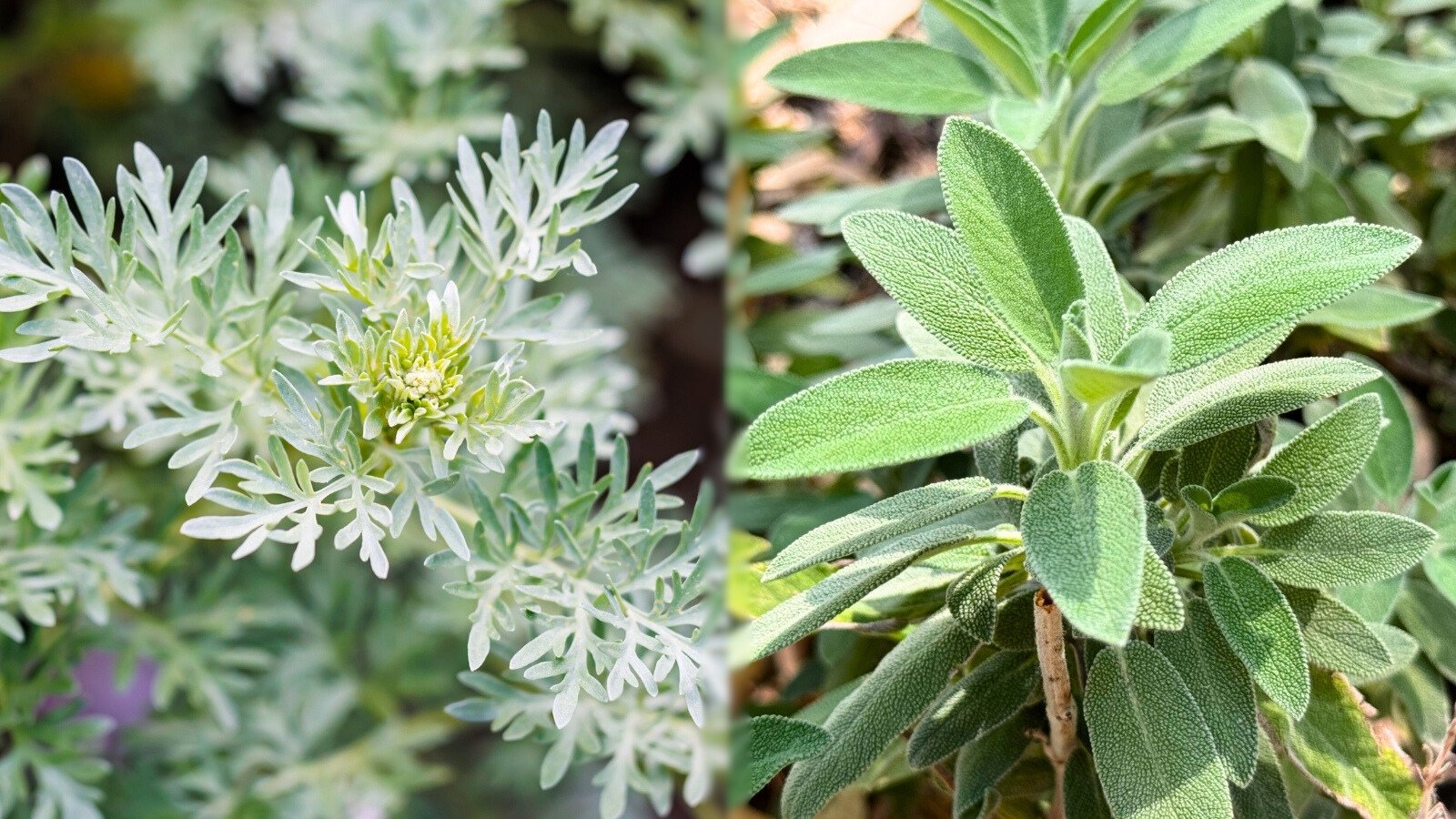PROTECT YOUR DNA WITH QUANTUM TECHNOLOGY
Orgo-Life the new way to the future Advertising by AdpathwayMost herbs support the ones near them, but some are harmful to others! Keep these pairings far away from each other so they both grow well. These nine herbs deserve their own spot, otherwise, they’ll harm your harvest!

Written by Jerad Bryant Horticulture review by Sarah Jay Last updated: June 10, 2025 | 3 min read
Plants are like animals. They evolve unique strategies to defend themselves and ensure they survive for centuries. Some of these defenses are mechanical, like prickles and thorns. Others are chemical, like black walnut’s juglone. It prevents plants from growing!
A simpler way that herbs may harm one another is with their growing habits. Plants like mint are unruly and aggressive. They’ll use seeds and rooting stems to sprout new plants in new areas. Aggressive spreaders compete with other herbs, creating a cramped and overcrowded environment.
Dill is not on this list because it works well with other herbs, but it deserves an honorable mention. It’s a good idea to keep it away from carrots, radishes, and similar leafy crops. Dill attracts tons of pests, like slugs, that will decimate a row of seedlings.
Aside from dill, these other herbs deserve some research before you plant them freely. With separate containers, beds, or planters, you can keep them far away from one another.
Broadleaf Sage

Cilantro

Long Standing Santo Cilantro Seeds
Fennel

Basil and Rue
 This old-time plant attracts butterflies but demands respect.
This old-time plant attracts butterflies but demands respect.Basil is great for planting next to tomatoes and eggplant, but it’s best to keep it far away from rue plants. Rue is a perennial herb that was popular throughout ancient history. It grows lobed leaves that are aromatic and fragrant.
Basil leaves and flowers are edible in any amount. However, rue is toxic to the skin and the body. It’s poisonous in large amounts, causing vomiting and other unbearable symptoms. It’s not a popular herb nowadays, though it used to be touted for its culinary, medicinal, and herbal uses.
Consider planting rue in a pollinator garden, where it’ll attract swallowtail butterflies and other pollinators. You won’t have to worry about touching it and getting a rash, and its yellow flowers can feed hungry bugs with pollen and nectar.
Caraway and Fennel
 Seeds drop fast and take over in no time.
Seeds drop fast and take over in no time.Fennel is a known plant repellent! It suppresses seed germination rates and root growth in many other herbs. Chemicals in fennel spread into the soil and prevent other species from thriving. Then, they use their seeds to spread into the bare site and blanket it with ferny foliage.
Caraway also has ferny, lacy leaves. Its leaves are edible, and the roots are edible during their first year of growth when they’re soft and tender. Boil them like carrots, or roast them in the oven with oil, salt, and pepper.
Cilantro and Fennel
 A spicy friend to many, but not to all.
A spicy friend to many, but not to all.In the same way that fennel harms caraway, it also shocks cilantro plants! Keep the herbs separate, growing fennel in its own container or planter. Cilantro is more friendly and works well with a wide range of veggies, herbs, and fruits.
If you grow cilantro next to tomatoes, peppers, and onions, you’ll have all the veggies you need to make salsa! Try growing the plants you love to eat, and keep them close together for easy harvesting.
Fennel and Wormwood
 Crowding leads to fussing—spread them out for peace.
Crowding leads to fussing—spread them out for peace.The last fennel pairing we’ll consider is wormwood and fennel. Wormwood, or plants in the Artemisia genus, are woody perennials with fragrant foliage. Both are drought tolerant. However, there are species of wormwood that like less moisture than fennel (and vice versa). Plant the two perennials a few feet apart to let them both thrive.
Fennel reseeds readily! If you have too many plants, try pulling them up for a fennel root roast. Slice the leaves off, chop the roots up, and roast them with olive oil and salt.
Wormwood and Sage
 Space matters when one herb tends to boss the rest.
Space matters when one herb tends to boss the rest.Sage and wormwood have similar growing preferences, but wormwood may harm sage and prevent it from thriving. It’s not a friendly herb! Wormwood may also shock anise and caraway.
Sage is better suited for growing near lavender, rosemary, oregano, and thyme. These Mediterranean native herbs have similar needs and habits.
Both wormwood and sage have dozens of herbal species. Pick compact types for the garden so they don’t overshadow the other herbs.
Mint and Anything!
 Great in tea, not so great crowding the garden.
Great in tea, not so great crowding the garden.Mint is a garden invader! It’ll prevent other veggies and herbs from growing well. The thick stems create dense mats of roots and leaves that block other plants from light, air, and water. You’ll only plant mint once as a mistake, as you’ll quickly find out how invasive it can be!
Though mint is aggressive, it has dozens of uses in the kitchen and the rest of the home. Use it in desserts, teas, sachets, salads, and sauces. To limit its spread, plant it in a container or raised planter above the ground.
After flowering, the spent flowers will develop small black seeds. If left to grow, the seeds will fall off the stems and sprout into new seedlings. To further limit mint’s spread, cut off its spent blooms before they can fall and germinate.


 4 weeks ago
24
4 weeks ago
24





















 English (US) ·
English (US) ·  French (CA) ·
French (CA) ·